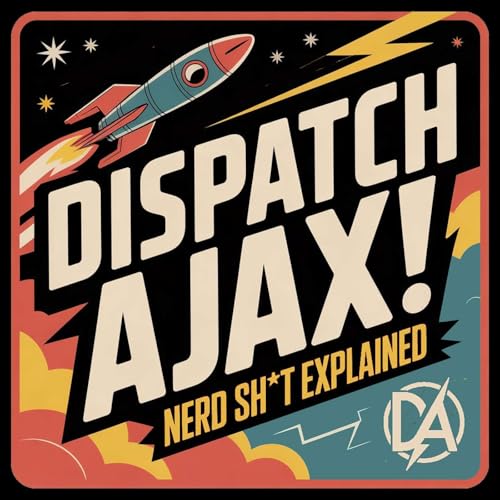In a new miniseries all about the weird and/or esoteric we pull the thread back to The Law of One, a 1980s series of channeling sessions where researcher Don Elkins and collaborator Jim McCarty recorded Carla Ruckert in trance, speaking as an entity called Ra. From “intelligent infinity” to densities of consciousness and a sweeping claim that all is one, the material wrapped metaphysics in sci‑fi gloss and birthed phrases that still ripple through New Age culture, wellness spaces, and social media.
We unpack how that language works: grand, elastic, and impossible to falsify. Ambiguity becomes power, letting seekers project their needs onto a system that can’t be disproved and seldom has to be precise. That’s a feature, not a bug—and it explains why “love and light” turned into a template anyone can remix into starseeds, vibrations, and cosmic downloads. Along the way, we examine the pattern that keeps repeating: disillusionment with institutions, the rise of alternative spiritual paths, and the backlash that follows. When meaning feels scarce, a generous cosmology feels like relief.
But we also draw a line. The ancient aliens pipeline often bundled with this rhetoric can erase the achievements of ancient, non‑Western cultures by crediting outsiders for pyramids, astronomy, and engineering. We argue for awe without erasure—honoring human ingenuity while keeping a clear eye on how vague metaphysics enables grift and cultish control. Curiosity, compassion, and skepticism can coexist. If all is one, accountability belongs in the circle too.
Stick around for a tease of what this rabbit hole led us to next, including Sunbow True Brother and other wild side paths. If this exploration challenged or delighted you, tap follow, share it with a friend, and drop a review on Apple Podcasts—your words help more curious minds find the show.
 Nov 14 202537 min
Nov 14 202537 min Nov 11 202558 min
Nov 11 202558 min Nov 1 202556 min
Nov 1 202556 min Oct 27 202514 min
Oct 27 202514 min Oct 22 20251 h et 3 min
Oct 22 20251 h et 3 min Oct 13 202536 min
Oct 13 202536 min Oct 7 20251 h et 10 min
Oct 7 20251 h et 10 min 1 h et 24 min
1 h et 24 min
